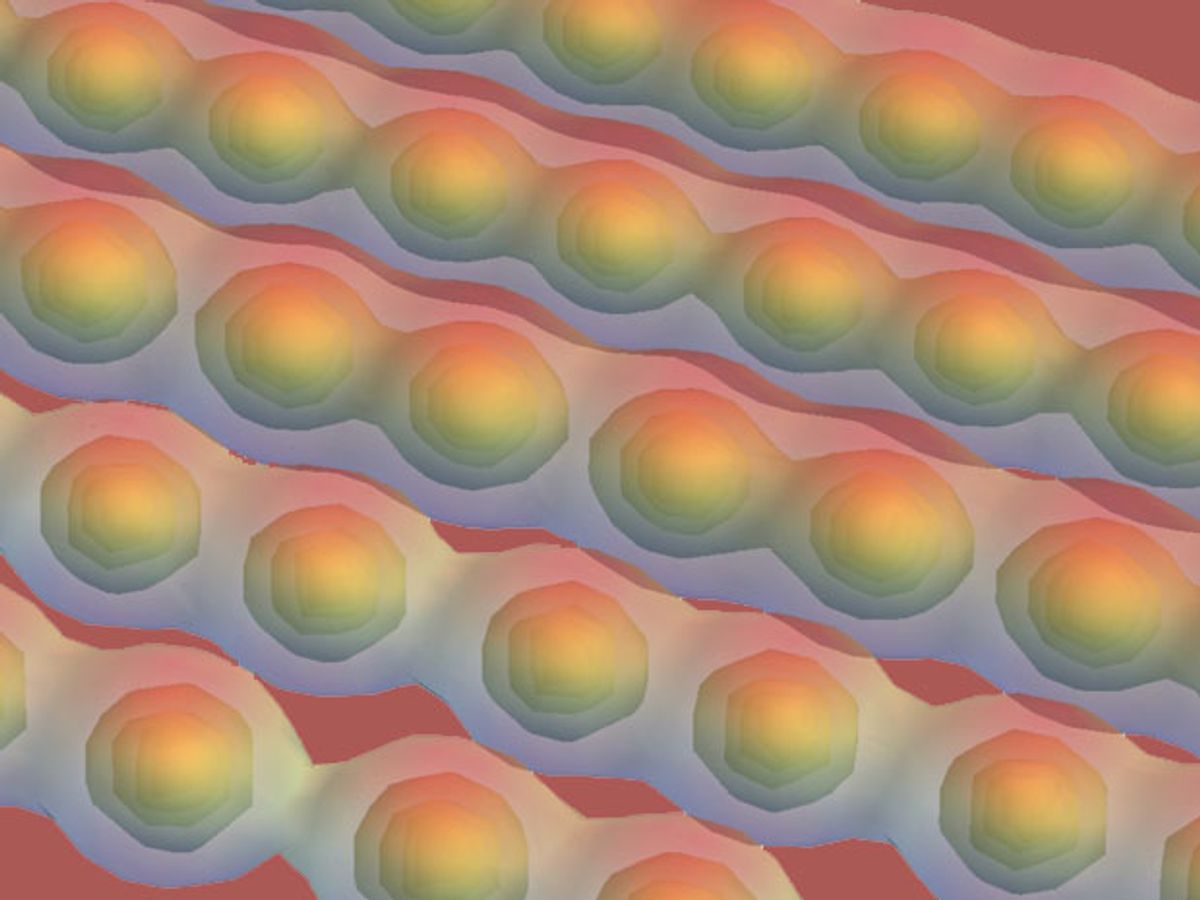Last year the strongest material in the world was revealed: carbyne. Carbyne is a chain of carbon atoms held together by either double or alternating single and triple atomic bonds. Whereas its carbon cousin graphene is two-dimensional, carbyne is one-dimensional.
While this may get some wondering when we can get that material in some of our beloved products that are more fragile than we would like, there’s just one catch, and it’s a big one: it’s nearly impossible to produce carbyne outside of computer models.
Carbyne has been encountered in highly compressed graphite and there have been some demonstrations of the material being synthesized at room temperature. However, it’s not clear how it could be produced in bulk.
This has not deterred the same Rice University researchers who had earlier determined that carbyne is the world’s strongest material from continuing their study of carbyne's properties. In the latest news, the group, led by Boris Yakobson, have demonstrated in computer models that if you stretch carbyne by just three percent you can change it from a conductor to an insulator.
In a paper published in the journal Nano Letters, the Rice team says they discovered in their computer models that, when the carbon chains of the carbyne are stretched, this widens the material’s band gap and in effect can change it from a conductor to an insulator.
What is happening to cause this effect is a change in the way the electrons are distributed between each of the carbon atoms. Each carbon atom has four electrons and when carbyne is in its relaxed form, the carbon atoms remain evenly spaced with two bonds between them. But the carbon atoms are never really relaxed: they are moving around because of quantum uncertainty.
This constant "vibration" of the carbon atoms prevents carbyne from slipping into something called Peierls distortion, in which the atomic positions of a one-dimensional crystal oscillate so much that the order of the material is broken.
“Peierls said one-dimensional metals are unstable and must become semiconductors or insulators,” Yakobson said in a press release. “But it’s not that simple, because there are two driving factors.”
According to Yakobson, the Peierls distortion “wants to open the gap that makes it a semiconductor” while another quantum effect called zero-point vibrational energy “wants to maintain uniformity and the metal state.”
He explains that the zero-point vibrational energy is actually a manifestation of the quantum uncertainty that keeps the atoms always in motion.
“It’s more a blur than a vibration,” said Yakobson. “We can say carbyne represents the uncertainty principle in action, because when it’s relaxed, the bonds are constantly confused between 2-2 and 1-3, to the point where they average out and the chain remains metallic.”
However, the stretching shifts the balance towards alternating long and short (1-3) bonds, which in turn starts opening up the band gap.
Whether carbyne can ever be synthesized in a way that would make this an attractive property for an application remains to be seen. But the discovery could have an impact on other one-dimensional chains subject to Peierls distortions, such as conducting polymers.
Dexter Johnson is a contributing editor at IEEE Spectrum, with a focus on nanotechnology.



